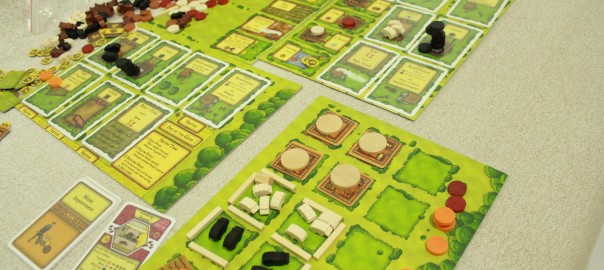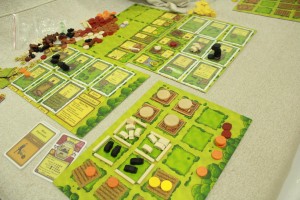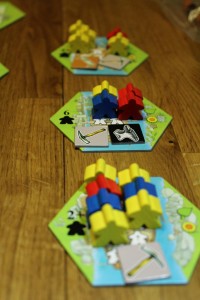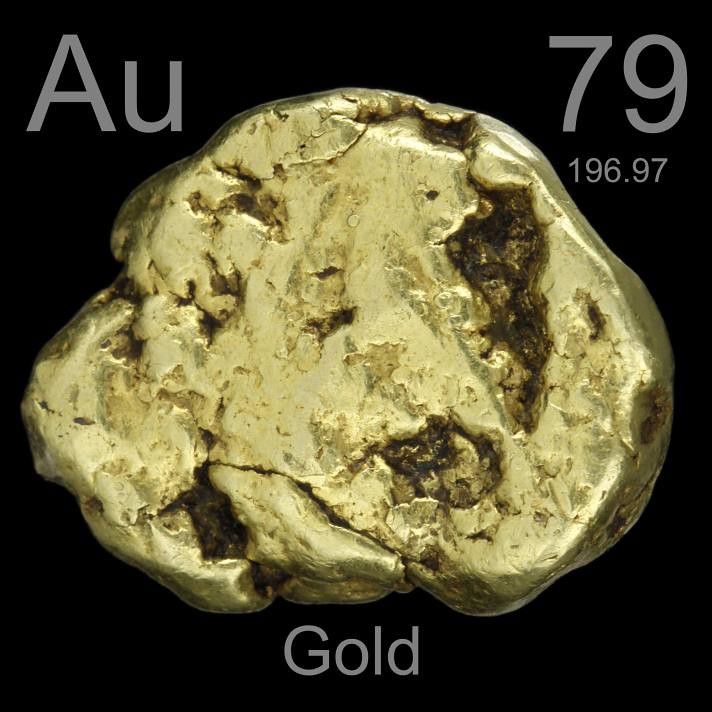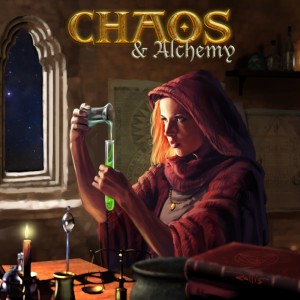There are lots of lessons out there for running a big, blockbuster Kickstarter campaign. The advice is excellent, in my opinion.
However, when I was planning my campaign for Otters (which is now over, but you can get information about acquiring the game here), I wasn’t going for a blockbuster. I was going for humble.
What does humble mean?
Humble, in this case, means that I wasn’t looking for a ton of money (just $1,000). I didn’t plan for a ton of stretch goals. I didn’t want to promise something overly shiny. Just a fun little game for a reasonable price.
Most importantly, I didn’t want the Kickstarter campaign to take over my life!
Humble step 1: Low funding goal
A humble campaign only works if you don’t need a lot of money in order to deliver your project. In the case of Otters, I was using a print-on-demand company (DriveThruCards), which meant that I could theoretically just print a few decks and call it a day.
Some cases where this approach can work:
- Print on demand games (DriveThruCards, The Game Crafter, etc.)
- Digital-only projects (RPGs, art projects, comic projects, music downloads, etc.)
- Capped rewards (handmade items where you’re only making, say, 50 of them)
Some cases where this approach probably doesn’t work:
- Manufacturing projects (gadgets)
- Games with lots of components (minis, dice, etc.)
- Projects with big fixed costs (art commissions, recording studio time, crafting of molds for plastics)
Basically, if your project gets dramatically cheaper per backer to fulfill the more backers you have, it’s probably not a great fit for a humble campaign.
Humble step 2: Pay for graphic design
Wait, didn’t I say this campaign was humble? Doesn’t that mean I can’t afford to pay anyone?
Well, I can’t afford to pay a lot of people, but I can spend money where it counts: Graphic design.
Your humble campaign still needs to look good. Backers need to have confidence that you’re a professional and that you know what you’re doing.
If you’re already a skilled graphic designer, great! If not, hire one. You at least need a logo, and you can use that to craft a consistent look and feel to your campaign.
In my case, I hired Dane Ault. I highly recommend him – he does freelance work! Give the man a call.
Humble step 3: Creative Commons art
Like I said, I can’t afford to hire a lot of people. This includes illustrators. Good art costs money, especially if you need a lot of art (such as in a game with lots of cards, each of which needs its own illustration).
This is the type of thing that Creative Commons was invented for. You can use Google Image Search – Advanced Search to find images that are available for reuse, even for commercial purposes. You’ll still need to make sure you give credit to the creators of those images in most cases (sometimes you’ll find true public domain images), but that’s a fantastic deal.
In my case, I was actually planning to pay illustrators to create custom illustrations if my campaign raised enough money, but by that point my backers were in love with the Creative Commons photographs of otters – so I just added a bunch more of them.

I’ll note that it’s not just illustration and photography that can be released under Creative Commons: You can find music, too, and even some other media.
Humble step 4: Getting the word out
This was the main step where I wanted to be humble. I’ve read so many stories of how Kickstarter campaigns will dominate the lives of their creators. You won’t sleep, you won’t eat right, your friends and family won’t see you, etc.
That’s not for me.
Now, this meant that I wouldn’t be able to maximize my campaign, and I had to be okay with that. Fortunately, I was indeed okay with that. I wanted to get Otters out there in the hands of families, and I wanted to make a little profit doing so, but I wasn’t planning to launch a gaming empire from this campaign.
My outreach mainly consisted of reviewers. I reached out to about a dozen game reviewers (you can find lots of them here, thanks to James Mathe) about five weeks before I launched the campaign to ask them if they would like a review copy of Otters. They all said yes. I sent them games, along with a letter containing details of the Kickstarter campaign, and they did their reviews.
I had several reviews that were already done before the campaign launched, which is hugely important for credibility (backers want to see third party opinions of your game). I also had several more that came out during the campaign.
There were blog reviews, video reviews, and podcast reviews. I only approached reviewers who were interested in covering Kickstarter games and who didn’t charge for their reviews (beyond the cost of sending them a game, of course). I tried to target folks who reviewed children’s games, since that’s what I was making.
Beyond reviewers, I kept my blog going and I talked about the game on my Twitter and Facebook pages (but not too much).
A special note on reddit: I only put up one post about Otters on reddit, and that was on the next-to-last day of the campaign. The /r/Boardgames subreddit can be very particular about spam. Reddit is a powerful force for traffic, but you have to be involved in the community and not just use it as an advertising platform. I’m pleased to say that my post about Otters got over 100 net upvotes, which is huge for me.
Humble step 5: Keeping the campaign in check
Now, I don’t mean that I actively tried to keep people from backing me in an effort to stay well away from $100K. I mean that I didn’t want the campaign to get swept up in too many stretch goals and add-ons.
With stretch goals, I had two. The first one, as I mentioned above, would let me pay for illustrations on the cards. As it turns out, the backers didn’t even want that.
The second stretch goal would let me have a rule sheet with the game instead of three cards with the rules on them. Amazingly enough, the backers seem to prefer the rule cards (though some do want the rule sheet).
I did have a stretch goal in mind in case the campaign hit the $15,000 level that would let me use a more traditional game manufacturer for a bigger print run with a custom printed box, but we never got close to that, and I’m okay with that.
As for add-ons, I only have one: A custom cloth bag to carry the game in.
A minor side note here: All of the various dollar amounts are set (serendipitously) such that I can tell what add-ons each backers has picked based on the dollar amount. In some cases, a backer might round up a $24 pledge to $25, but I usually know that:
- $12 is a one-deck US backer
- $20 is a one-deck international backer
- $21 is a two-deck US backer
- $24 is a one-deck and one-bag US backer
- $29 is a two-deck international backer
- $30 is a three-deck US backer
- $32 is a one-deck and one-bag international backer
- And so on
I wouldn’t suggest killing yourself to set up your pledge levels to have this feature, but it sure helps me keep track of things.
Humility achieved
If you want to run a simple little Kickstarter campaign rather than a blockbuster, keep it humble. This might be because you have a simple project that you just want to put out in the world. Or it might be because you want to establish your reputation on Kickstarter with something you know you can fulfill before you go for the big project down the line.
Either way, humble is good.
Michael Iachini




